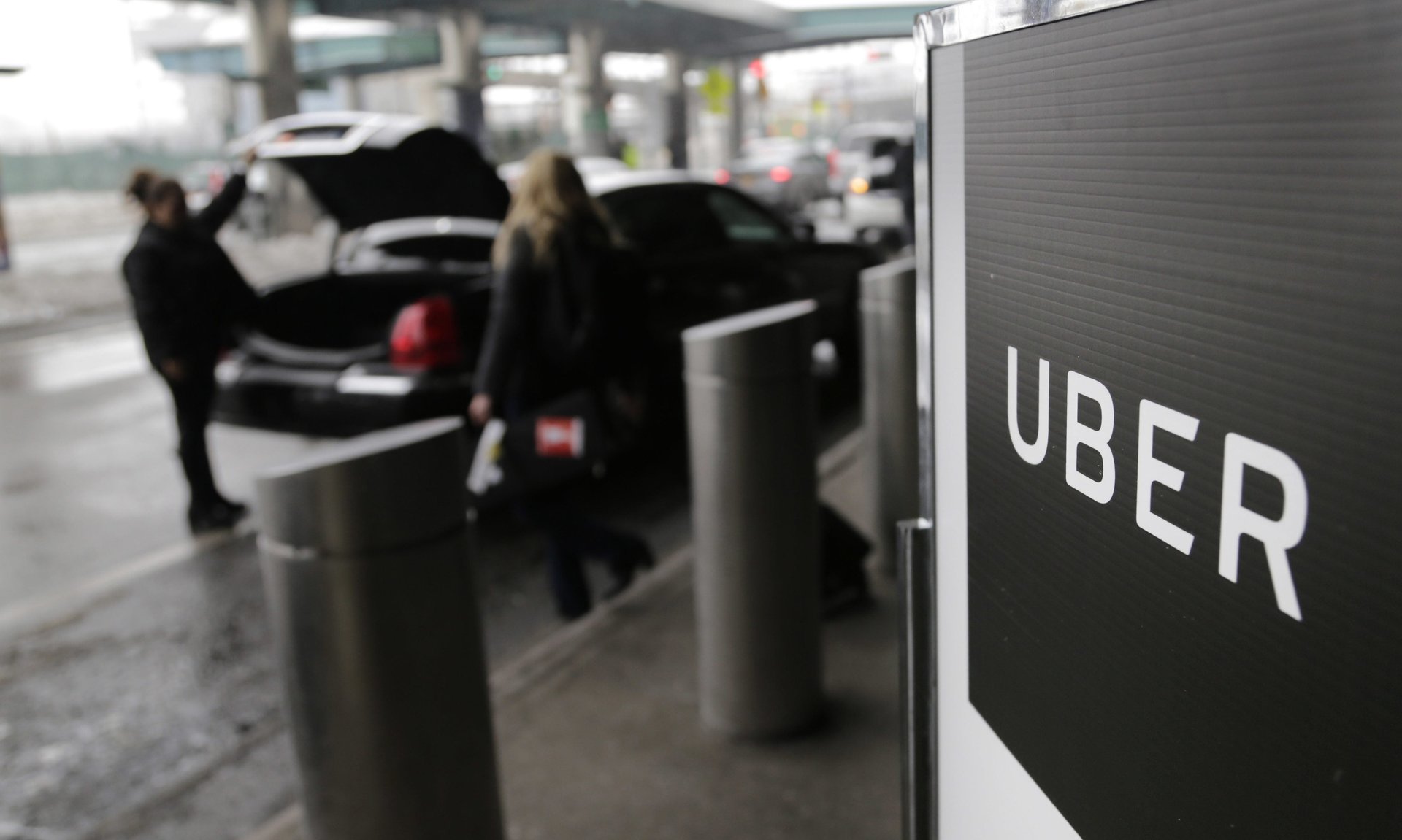Why male Uber drivers earn more than women
In theory, working in the gig economy is one way women can bypass many of the structural biases they face in traditional workplaces.


In theory, working in the gig economy is one way women can bypass many of the structural biases they face in traditional workplaces.
The hours can be flexible, and pay is often not subject to negotiation. In some gig positions, the employer doesn’t even know the gender of its workers. New research, however, suggests that even in jobs where there’s no overt employer discrimination against women, there can still be a gender pay gap.
That’s the case at Uber, where male drivers in the US earn 7% more per hour than women, according to a new paper from researchers at Uber, Stanford, and the University of Chicago.
While Uber has had notable problems with how it treats women in its offices, the study doesn’t point to sexism as a cause. Rather, the pay gap boils down to three reasons: Men have more experience, they drive in more lucrative locations, and they tend to drive faster. The findings are derived from analyzing more than two years of data from 1.9 million Uber drivers, of whom 513,000 (27%) were women, in 196 cities and municipalities. Uber’s data has never been analyzed for public consumption before; the study was released as a working paper, and hasn’t yet been accepted for publication.
While Uber drivers aren’t paid more if they have more tenure, experience matters. Uber charges more at certain times—so-called surge pricing—and it takes time to learn how to take advantage of the surges (and manipulate them). Drivers with 2,500 trips under their belt make $3 an hour (or 10%) more than those with fewer than 500 trips. “There is a clear learning curve, which is especially steep early in a driver’s tenure,” the authors write.
The study showed that women learn at the same rate as men, but because men are less likely to have childrearing responsibilities, they’re more likely to have the time to accumulate the experience required to earn more. There are far more men with two years of Uber experience than there are women.
That experience also means men tend to drive in a better locations. Looking specifically at data from two months in Chicago, women drove slightly longer distances (0.5 miles, vs. 0.49 miles for men) between accepting a fare and picking up passengers—time which they’re not paid for—and had shorter trips with passengers (4.88 miles, vs. 5.04 miles for men), time for which they are paid. Men also see more benefit from driving during surges, and earned $10.14 per trip, compared to $9.84 for women.
But the biggest contributor to the Uber gender gap, accounting for almost half the difference, is the higher average speed for male drivers. Uber’s formula for paying drivers rewards fast driving, up to a point (accidents and speeding tickets weight against driving too fast). Men in Chicago, the study found, drove 19.5 mph, compared to 18.8 mph for women.
As the authors understand it, men aren’t driving faster to be more productive Uber drivers, but because men are less risk averse when driving; their preference for going fast happens to pay off when they drive for Uber. As they gain experience, both men and women actually slow down, probably because they learn to frequent busier, and more congested, parts of the city to get fares.
The authors offer no easy solutions to closing the pay gap, just a rueful note that even in the gig economy, women are still chasing men on pay.